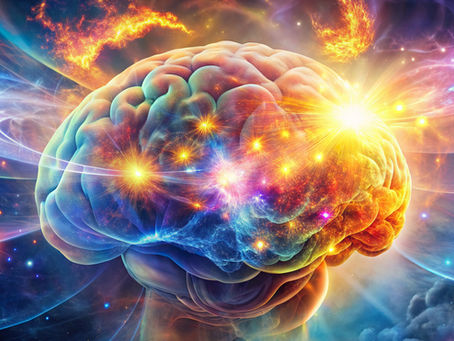top of page

BLOG
Aroma Stories and Scent Psychology
Discover how aroma connects to memory, emotion, and the subconscious.
In this blog, you’ll find stories about scent psychology, plant traditions, and emotional healing.
Search


What to Choose First: Essential Oil or Hydrosol?
Essential oils act fast and intensely, quickly shifting emotional states — ideal for moments when you need clarity or release. Hydrosols work more subtly, making them better suited for sensitive individuals or deep, integrative work. They require intention and presence. Both forms are powerful, but they engage different tempos. The key is to choose based on your sensitivity and purpose — and to listen.
Jul 312 min read


Where to Begin: Basic Scent Guidance for Beginners
Scent is a powerful tool for emotional awareness and self-exploration. Unlike cognitive methods, aroma works directly with the limbic system — the brain’s center for memory and emotional response. This article introduces a structured, psychology-informed approach to working with essential oils and hydrosols. Based on years of olfactory research and therapeutic practice, it offers clear categories of scents according to their psychological effects: from oils that help release
Jul 314 min read


Where to Find Living Scents: Trusted Sources for Real Aroma Work
Not all essential oils are created equal.
Many on the market are oxidized, diluted, or chemically altered — and such scents can’t be used for deep emotional or therapeutic work.
A living scent retains the full spectrum of aromatic compounds that interact with the nervous system, memory, and subconscious.
That’s why sourcing matters.
Whether it’s wildcrafted, freshly distilled, or from a trusted artisan — the vibrancy of the oil determines its effect.
In my practice, I only wo
Jul 302 min read


Connections Matter More Than Cells: How the Brain Works and Why Scent Is the Key
Neuroscience today is shifting focus from what the brain contains — to how it connects.
The true intelligence of the brain lies not in its cells, but in its networks: dynamic, flexible, and constantly shaped by experience.
This interconnected system — known as the connectome — is responsible for everything from memory and emotion to learning and healing.
Among all sensory inputs, scent holds a special role: it activates brain pathways faster than conscious thought and bypasse
Jul 303 min read


What Is the Collective Unconscious? Jung’s Theory, Archetypes, and the Role of Scent
Neuroscience supports this view. Studies show that parts of the brain responsible for emotion and memory — especially the limbic system — react to scent more quickly than to sound or sight.
This is why a single inhalation can awaken forgotten feelings, unlock buried memories, or trigger intuitive insights.
Scent bypasses analysis. It connects directly to what we carry beneath words — a living archive within.
Jul 303 min read


The Power of Scent: How Aroma Affects Emotion, Memory, and the Subconscious
Unlike other senses, scent bypasses the thalamus — the brain’s central “switchboard” that filters sensory input — and goes directly to the limbic system. This ancient part of the brain governs emotion, memory, and instinct.
That’s why a simple aroma can trigger deep emotional responses without conscious thought. It doesn’t need to be interpreted. It simply acts — awakening states, surfacing hidden memories, or shifting inner perception.
Jul 303 min read
bottom of page